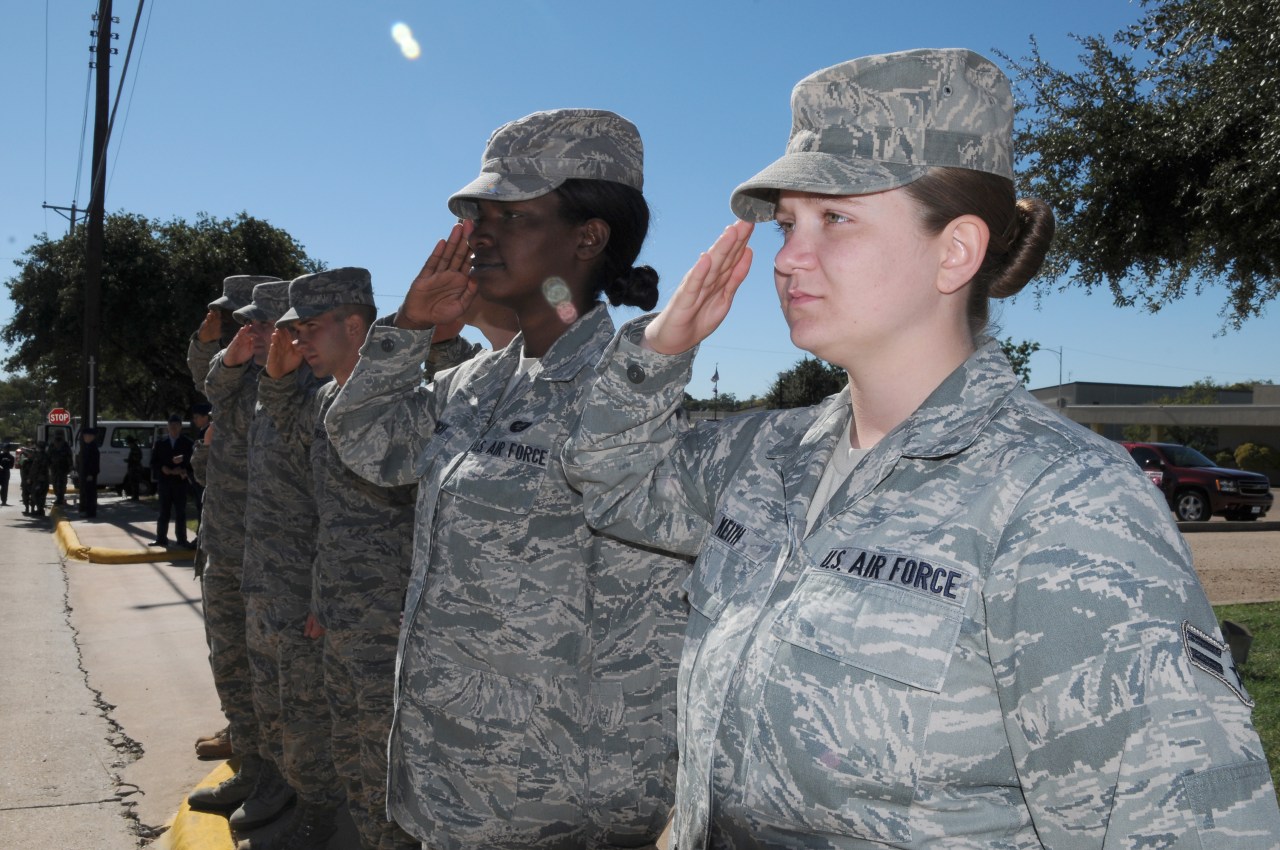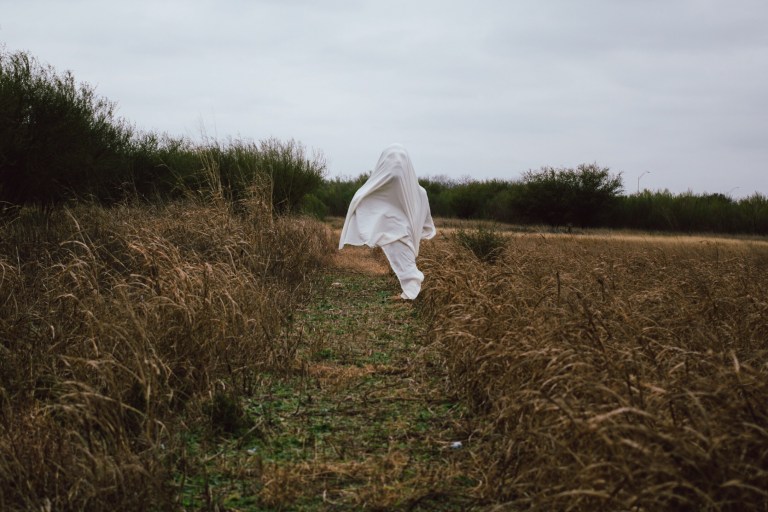13 Veterans Day Facts To Celebrate The Heroes Who Fought For Our Freedom
Originally called "Armistice Day" and designed only to honor veterans of World War I, in 1954 it was expanded into a national holiday called "Veterans Day" that honors all US soldiers living and dead.

Falling on November 11 and commemorating an event that occurred on November 11, 1918 at 11AM, Veterans Day is one of 11 national holidays. Here are 13 facts you probably didn’t know about this day that was set aside to honor all those who’ve served in the US military, living and dead.
1. It was originally called “Armistice Day” and was first celebrated a year after the end of World War I.

An estimated 400,000 US soldiers died in World War I, which officially ended on November 11, 1918. Exactly one year later, President Woodrow Wilson declared the date to be “Armistice Day” in honor of the Americans who served in World War I. Part of his official address from the White House included the following passage:
To us in America the reflections of Armistice Day will be filled with solemn pride in the heroism of those who died in the country’s service, and with gratitude for the victory, both because of the thing from which it has freed us and because of the opportunity it has given America to show her sympathy with peace and justice in the councils of nations.
2. The number “11” is significant regarding the end of World War I.
The Armistice With Germany went into effect in 1918 on the eleventh day of the eleventh month at 11AM. Although random skirmishes continued for months, that marked the official end of World War I. Also significant is that WWII hero General George Patton was born on November 11.
3. Armistice Day became a legal holiday in 1938.
In 1926, the US Congress adopted a resolution that the president needed to issue annual proclamations calling for November 11—AKA “Armistice Day”—to be observed. In 1938, Congress made November 11 a legal holiday, calling the date “a day to be dedicated to the cause of world peace and to be thereafter celebrated and known as ‘Armistice Day.’”
4. A WWII vet from Alabama petitioned to have Armistice Day changed so that it honored all veterans.
Raymond Weeks, a WWII veteran from Birmingham, Alabama, suggested to General Dwight D. Eisenhower in 1945 that Armistice Day be expanded beyond a commemoration of WWI vets to embrace all US military veterans. Eisenhower approved of the idea. In 1947, Weeks led the first national celebration of Veterans Day, a tradition he would continue until his 1985 Death. In 1982, President Ronald Reagan honored weeks with the Presidential Citizenship Medal for his efforts in expanding the national holiday.
5. In 1954, Armistice Day was renamed Veterans Day.
At the urging of Raymond Weeks and other national veterans’ groups, President Dwight D. Eisenhower changed the name of the holiday from Armistice Day to Veterans Day in 1954. This expanded the holiday’s meaning to embrace all veterans, not only those from World War I.
6. In 1971, the holiday was switched to the fourth Monday in October.
Although Veterans Day was initially celebrated on November 11, in 1971 it was switched to the last Monday of November in accordance with the Uniform Monday Holiday Act.
7. In 1975, it was switched back to November 11.
In 1975, President Gerald Ford signed a bill that returned Veterans Day to November 11, to take effect starting in 1978. If November 11 falls on a Saturday, tradition is to offer federal employees a holiday on the preceding Friday; if it falls on a Sunday, the practice is to celebrate it on the adjoining Monday. It is a legal federal holiday, which means you won’t get your mail on that day.
8. There is no apostrophe—it’s simply spelled Veterans Day.
If you spelled it “Veteran’s Day,” that would signify it honors only one veteran. If spelled it “Veterans’ Day,” that would signify it belongs to all veterans. But there is no possessive implied here, as it doesn’t belong to any veterans. It simply honors them, thus it is spelled Veterans Day.
9. It differs from Memorial Day in that it honors all veterans, living and dead.
Memorial Day is specifically designed to honor the over one million US soldiers who gave their lives in all the wars that have been fought since the nation’s founding. (Interestingly, a full half of that death toll perished in the Civil War.) Veterans Day is designed to honor all soldiers that have served in the US military.
10. It differs from Armed Forces Day in that it honors inactive veterans.
Armed Forces Day is a minor holiday that, unlike Veterans Day and Memorial Day, is not a legal holiday. Armed Forces Day honors only those soldiers who are currently serving, whereas Veterans Day commemorates both active and inactive soldiers.
11. Other countries celebrate a similar holiday around the same time.
In Europe, Great Britain, and all the Commonwealth countries, there is a tradition of observing two minutes’ worth of slience at 11Am every November 11.
Great Britain celebrates “Remembrance Sunday” on the second Sunday of November.
Canada celebrates “Remembrance Day” every November 11.
France and Australia also have similar holidays to commemorate the soldiers who served in the two World Wars.
12. It is officially celebrated at Arlington Cemetery at the Tomb of the Unknowns.
The annual Veterans Day National Ceremony is held on November 11 at Arlington National Cemetery. At exactly 11AM, a wreath is held at the Tomb of the Unknowns. What follows is a parade of colors by veterans’ organizations and official statements by dignitaries at the Memorial Amphitheater.
13. US Veterans by the numbers.
- There are currently about 16 million living veterans who served in at least one war. More served in Vietnam than any other conflict, followed by the Persian Gulf War, the Korean War, and World War II.
- An estimated 5-6 million veterans served exclusively during peacetime.
- Nearly three million veterans receive compensation for service-related disabilities.
- Two million veterans are women.
- Three states have more than a million veterans each: California, Texas, and Florida.
- Veterans tend to be less educated than non-veterans, although they generally earn higher incomes.
- Veterans tend to vote more frequently than non-veterans.





